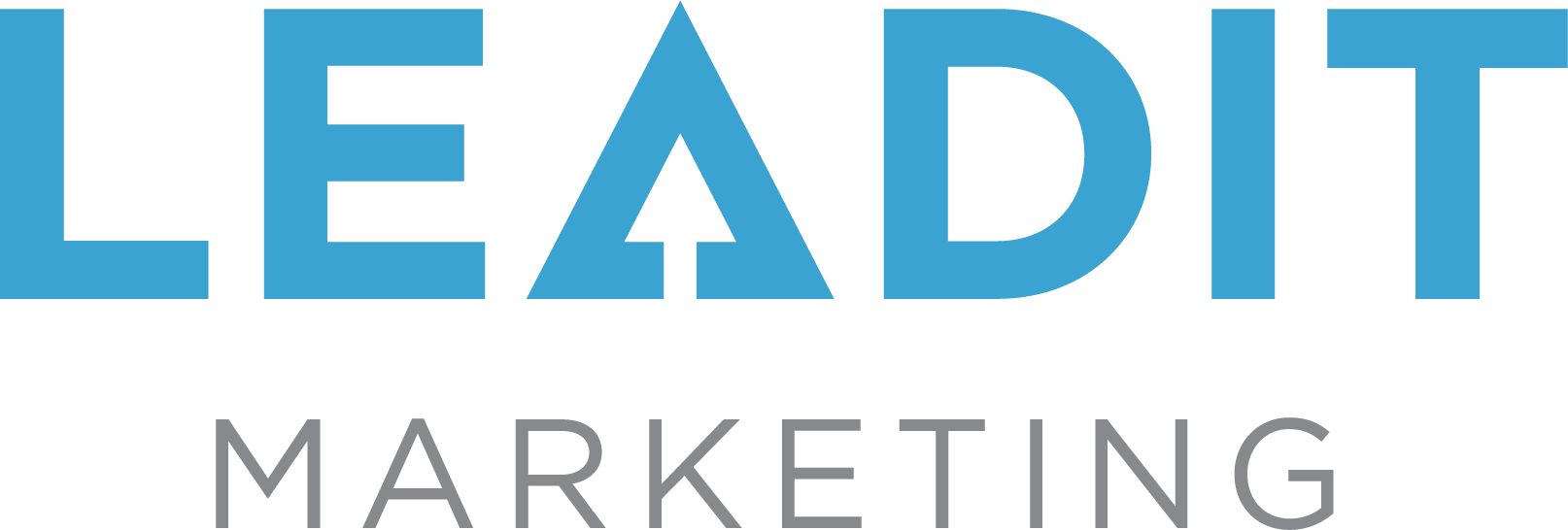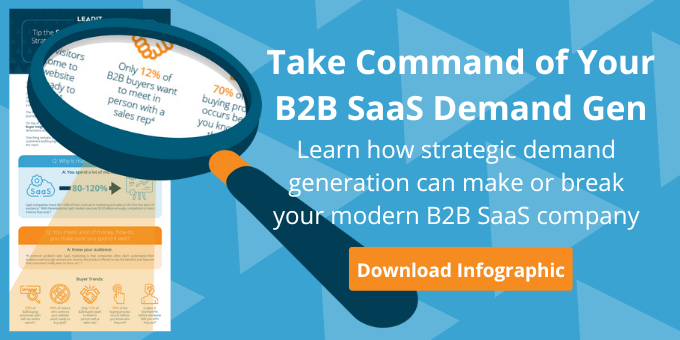How to Reset Target Marketing in the Wake of a Crisis
This post was updated on August 5, 2021.
If you’re reevaluating how you do business, there is one essential thing that requires a critical eye and some deep exploration: defining your ideal customer profile.
It’s your job as a B2B tech organization to support and serve your target customer’s needs. In unprecedented times, your target audience is faced with more business challenges than ever.
During a crisis, your target customer’s needs are evolving. It is vital that you meet them exactly where they are. The more you can get inside the mind of your target customer, the more effective you will be in solving their pains of today.
What Is Target Marketing?
Target marketing is a foundational element of any B2B tech marketing strategy.
It is woven into every aspect of your business including:
- Product and service development
- Distribution models
- Ideal customer profile
- Go to market strategy
- Pricing and packaging plans
- Messaging strategies
- Sales plans
- Campaign plans
- Advertising strategies
The best target marketing bridges the gap between people who care about what you offer, and those who don’t. The million-dollar question: How do you bridge that gap as an organization? The answer always lies within your target marketing strategy.
The answer? Target marketing.
If customers’ pains are changing,
Your customers’ buying habits are changing.
Your customers’ needs are changing.
You should also be changing.
The most successful businesses adapt to their customers’ new pains and serve the needs of today.
Why is Target Marketing So Important?
Often overlooked, but of extreme importance is the ever-changing nature of buying habits. The analogy that comes to mind is that marketers have to follow a constantly moving “target” yet they are expected to hit that target with laser precision at any moment. That is exactly why target marketing is so important.
Great marketers understand the key to growth starts with understanding your customers “inside and out.” This foundational step allows marketing and sales teams to create products/services, content and messaging that appeals to a customers’ specific pains, needs, or interests.
Radically effective sales and marketing strategies are born from a deep understanding of the customer and they can shift quickly as pains and buying habits change.
There has never been a more important time for B2B tech organizations to understand their customers’ evolving buying patterns and fine-tune their strategies around them.
Target marketing enables this by:
- Allowing you to market to smaller segments to speak directly to your target customer’s exact needs and pains
- Providing a faster time to value by attracting and converting your ideal customer profile
- Creating specific selling points that focus on the biggest pain that drives the most opportunity
- Delivering a more personalized experience for your target customer that builds loyalty and fosters trust
- Differentiating your message from the competition because you understand the needs better than anyone else.
- In a crowded, confused, and unstable market, the closer you can get to the pain, the more successful you will be at appealing to the needs of your customers.
Stay up to date on the latest target marketing best practices by subscribing to our monthly newsletter here.
4 Target Marketing Strategies Defined
It’s not just what you know about your target customers, it’s how you use that information to inform your marketing and sales decisions.
Here are the 4 target marketing segmentation strategies:

| Demographic | Segments the market into broad groups such as age, gender, income, titles, company size |
| Psychographic | Segments markets based on what people value including hobbies, interests, beliefs, values |
| Geographic | Segments markets based on state, local, national, international, or proximity to a location |
| Behavioral | Segments markets based on actions taken such as group affiliation, online visits, google search terms |
It’s not uncommon to blend the 4 different segmentation strategies together to reach the core of your target audience. In fact, the blending of these target marketing strategies is really where the “art of marketing” comes to life. This blending is what enables market differentiation.
Your core target audience becomes the “profile” of your target customer, commonly referred to as your buyer persona or ideal customer profile
Now that we know what target marketing is, let’s review how it’s used.
How is Target Marketing Used?
Once you have narrowed in on your customers as segments, the goal is to focus on the few key segments that include customers whose pains and needs most closely align to your product or service offerings. This is the key to scale your message, sales, and your business.
4 Common Market Targeting Strategies
| Mass Marketing | Targets one group with mass messages.
Example: One message to all people regardless of needs or pains. |
| Segmented Marketing | Targets groups by persona or segment.
Example: Unique messages to groups of people or businesses that share similar pains and interests. |
| Niche Marketing | Targets a smaller subset of a larger group.
Example: Unique messages to groups of people/businesses that have something already in place that your product/service compliments. |
| Micromarketing | Targets groups based on specific localities and individuals
Example: Unique messages to groups of people/businesses in a specific area that also have a very specific need. |
Target Market Insights Fuels Marketing and Sales
When customer insight grows, so does your business. As B2B marketers, we know that the target audience is at the heart of everything we do. Target audience influences everything from:
- Content strategies
- Campaign strategies
- Messaging strategies
- Product roadmaps
- Packaging and pricing strategies
- Sales strategies
Without a clear sense of who we’re targeting and why we’re targeting them, the work we’re doing is what we refer to in marketing speak as “spray and pray marketing” or “random acts of marketing.”
Equip your sales and marketing departments with the target audience research they need to continue to create business at our Webinar: How To Create a Marketing And Sales Engine + Keep It Running.
Get Super Clear on Your Target Market
Right now, it is a critical time to determine who your business serves best. At Leadit, we are working with clients to reprioritize to better serve the needs of their ideal customers. That reprioritization is also causing us to quickly reposition to support those customers with relevant but unique and heartfelt messages that speak to their new pains.
Here are some questions you should be asking yourself to spark ideas on how to reposition your target market:
- What challenges do my customers face today?
- How can I tweak my product or service to serve those challenges?
- Is there a different need we are in a unique position to serve?
- How can I find new ways for customers to use my product/services to help them today?
- Who else has similar needs and challenges I am in a unique position to serve?
Developing your target audience is no small feat and there are a lot of moving parts. A well-defined target audience keeps you focused on a constantly moving target allowing everyone, including sales and marketing teams, to stay on the same page.
There has never been a more critical time for a hyper-focused approach. This focused approach will also allow you to optimize resources, time, and budget. If you’re struggling to connect with your target audience, it may be time to reposition yourself. Book a free 30-minute consultation with our marketing experts to learn how you can build target marketing strategies that will adapt with you- no matter what the future holds.














